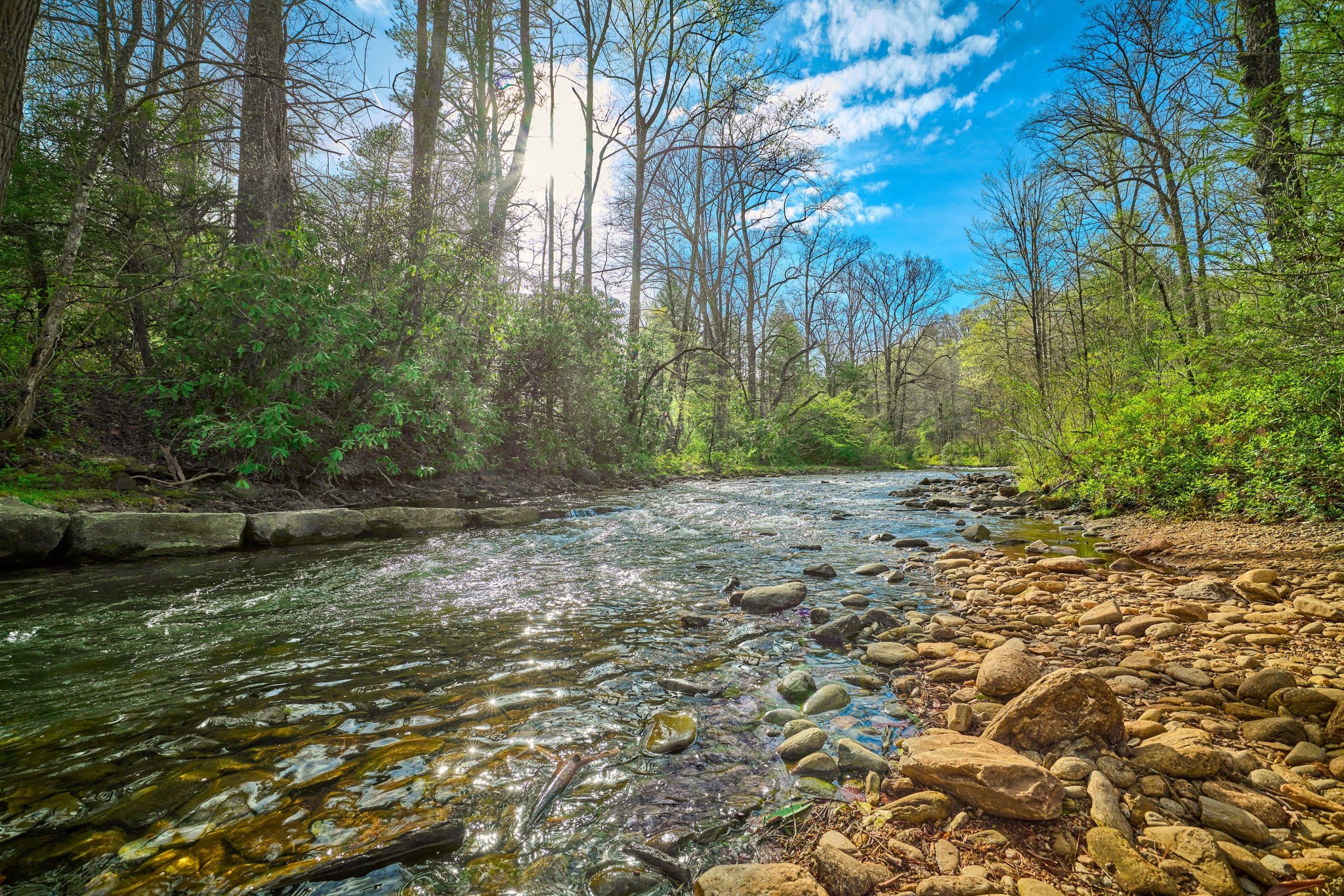A&S Researchers Explore the Impact of Climate Warming and Population Growth on America’s Rivers
The chemistry of U.S. rivers is changing—and will change further in complex ways in different regions of the country. Scientists are exploring ways to predict future changes in watershed chemistry, which could improve managing them for climate change and community health.
University researchers are combining traditional geochemistry with artificial intelligence to predict how alkalinity—a measure of a solution’s ability to neutralize acids—and salts in rivers around the country could be affected by further climate warming and population growth, according to a study published in Applied Geochemistry.

The research team was led by Tao Wen, assistant professor in the College of Arts and Sciences’ Department of Earth and Environmental Sciences. Wen also directs the Hydrogeochemistry And eNvironmental Data Sciences (HANDS) and Noble Gases in Earth Systems Tracing (NEST) research laboratories.
An excess of salt can make water undrinkable, increase the cost of treating water and harm freshwater fish and wildlife.
Past research shows that as salt levels in U.S. rivers have gone up, these waters have also become more alkaline, which can damage water, wastewater treatment and aquatic life. Increased alkalinity is occurring because of rising temperatures and more rainfall. Human activities, such as more people living in certain areas, might also contribute to it.
Yet alkalinity is also beneficial. When river waters are more alkaline, they help draw carbon dioxide out of the atmosphere and limit climate warming over time. However, before rivers can be harnessed for this purpose, researchers must first understand the basic chemistry at play.
Using machine learning models, the Wen team projected how salinity—measured through sodium levels—and alkalinity will change in 226 U.S. rivers between 2040 and 2100 under different climate and human population scenarios.
In northern states, rivers would become less salty because warmer winters mean less salt will be applied on icy roads. However, in the South and West, where people don’t use much road salt, river salinity will likely stay the same. But as these areas get hotter and drier, more salt from the soil might accumulate and wash into waterways.
The study also found that rising temperature can affect alkalinity. In watersheds rich in carbonate rocks, such as limestone, researchers found that alkalinity flux—the product of the natural breakdown of rock minerals—declines when temperatures surpass 10 degrees Celsius (50 degrees Fahrenheit). This finding suggests that warming past a certain temperature level could suppress alkalinity in rivers.

However, in watersheds dominated by silicate rocks or organic carbon, higher temperatures accelerate silicate weathering and the decomposition of organic material, leading to increased alkalinity levels. More rainfall can also increase the amount of these chemicals in rivers, but only up to a certain point.
In the future, some watersheds with lower alkalinity could be manipulated to take up additional alkaline from watersheds, allowing rivers to sequester more carbon from the atmosphere.
For this and other multidisciplinary research, Wen received a 2025 Emerging Investigator Series award from the International Association of Geochemistry. The award highlights excellent work by independent researchers in their early career that bring new insights into the field of geochemistry or to promote geochemical applications.
Visit the Arts and Sciences website to read the full story.
Story by John H. Tibbetts



